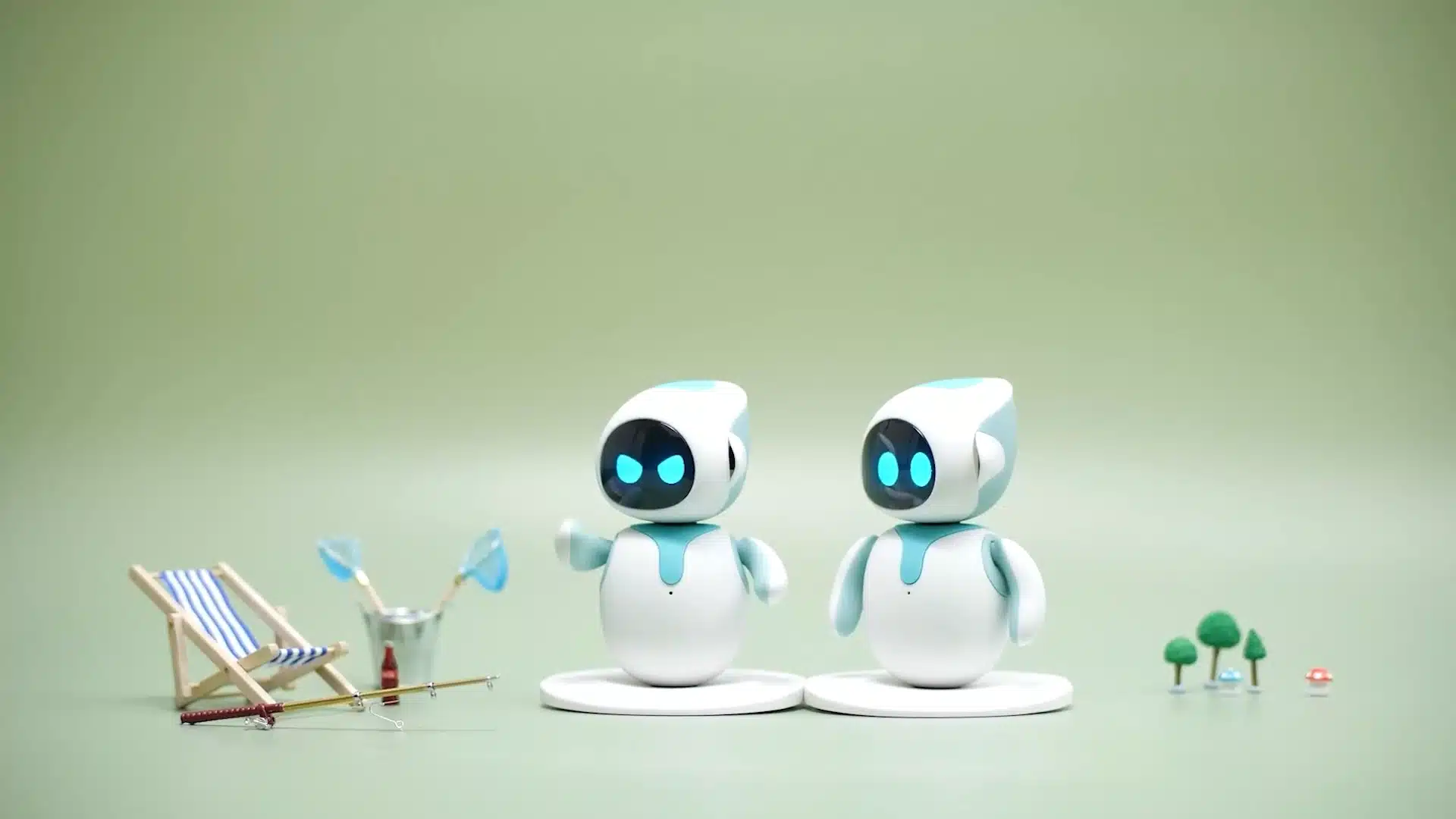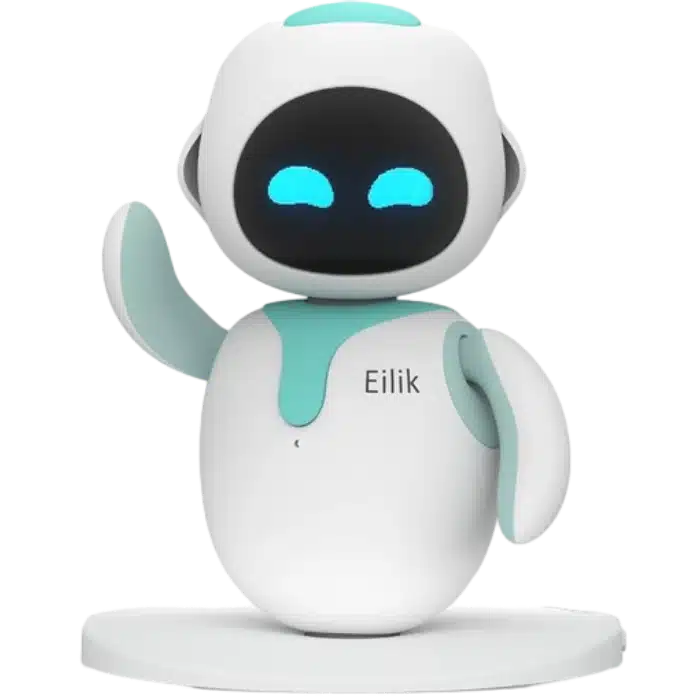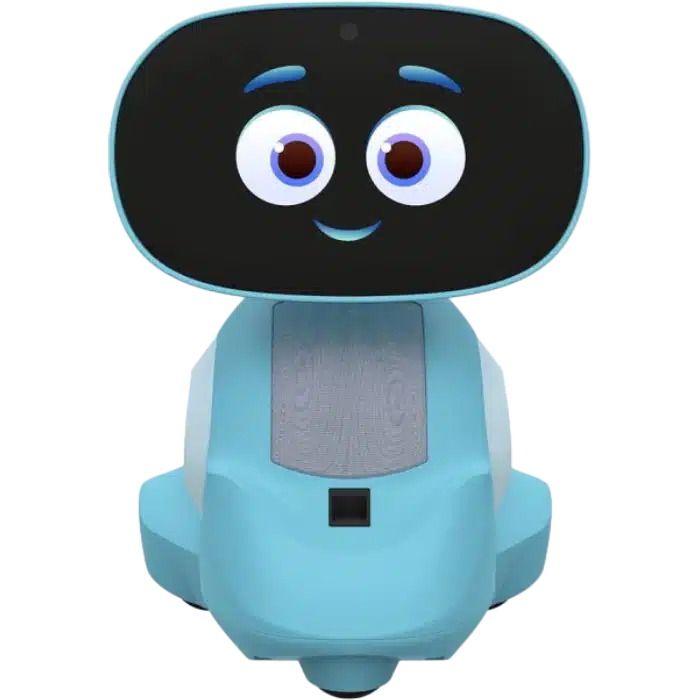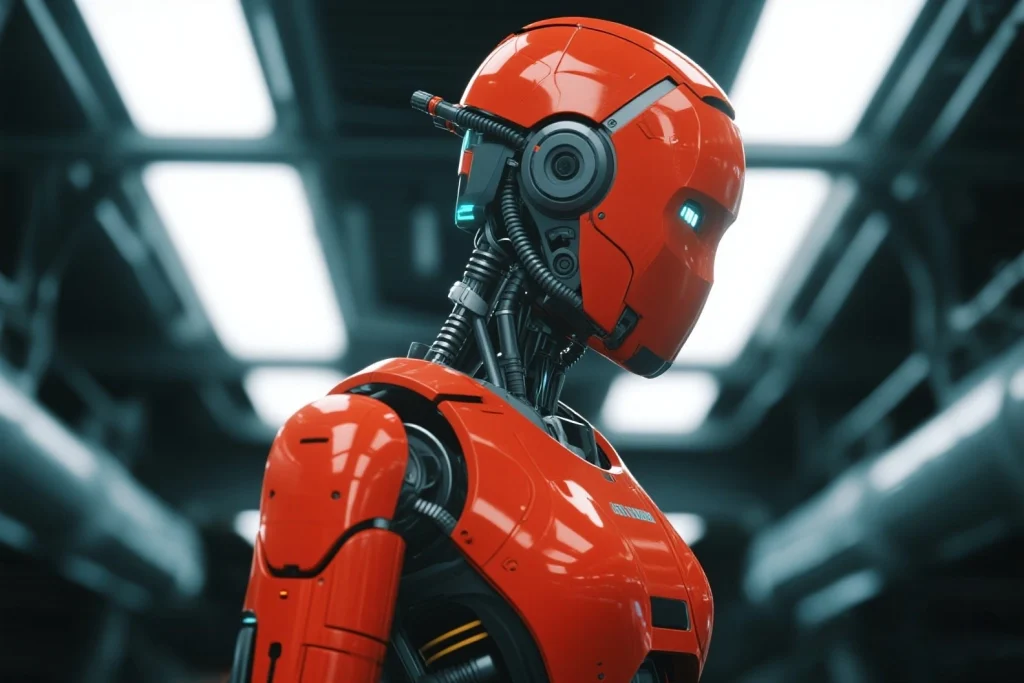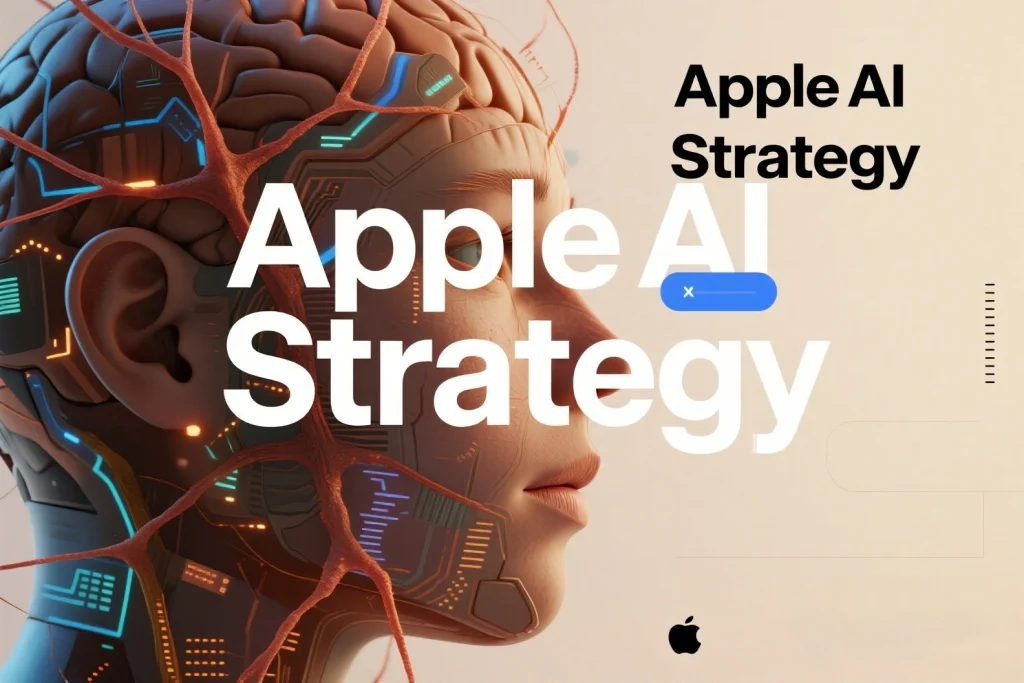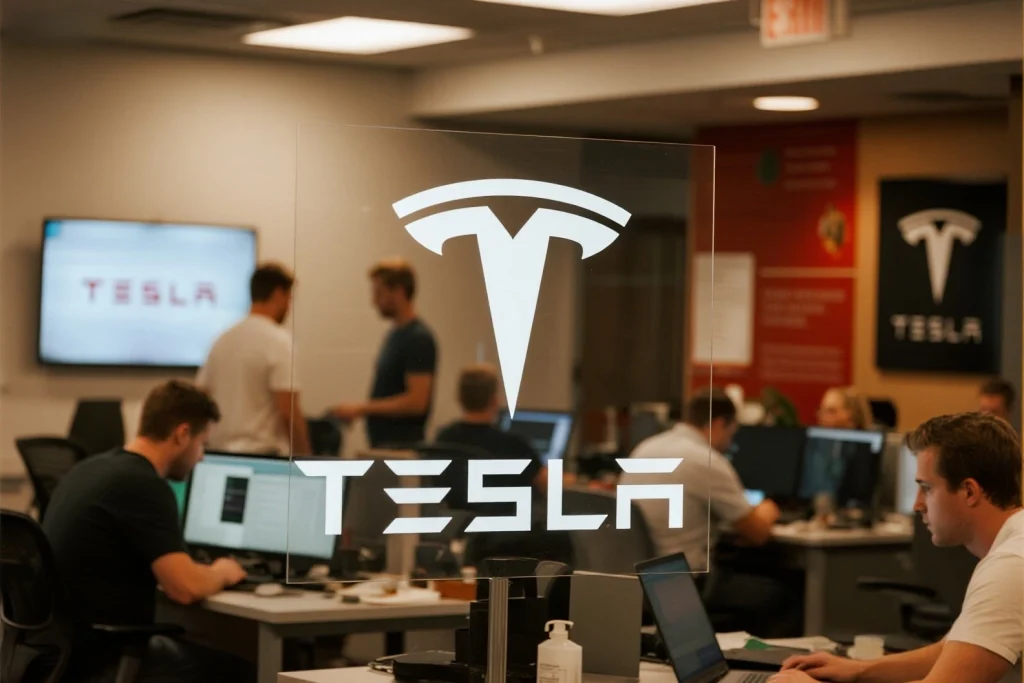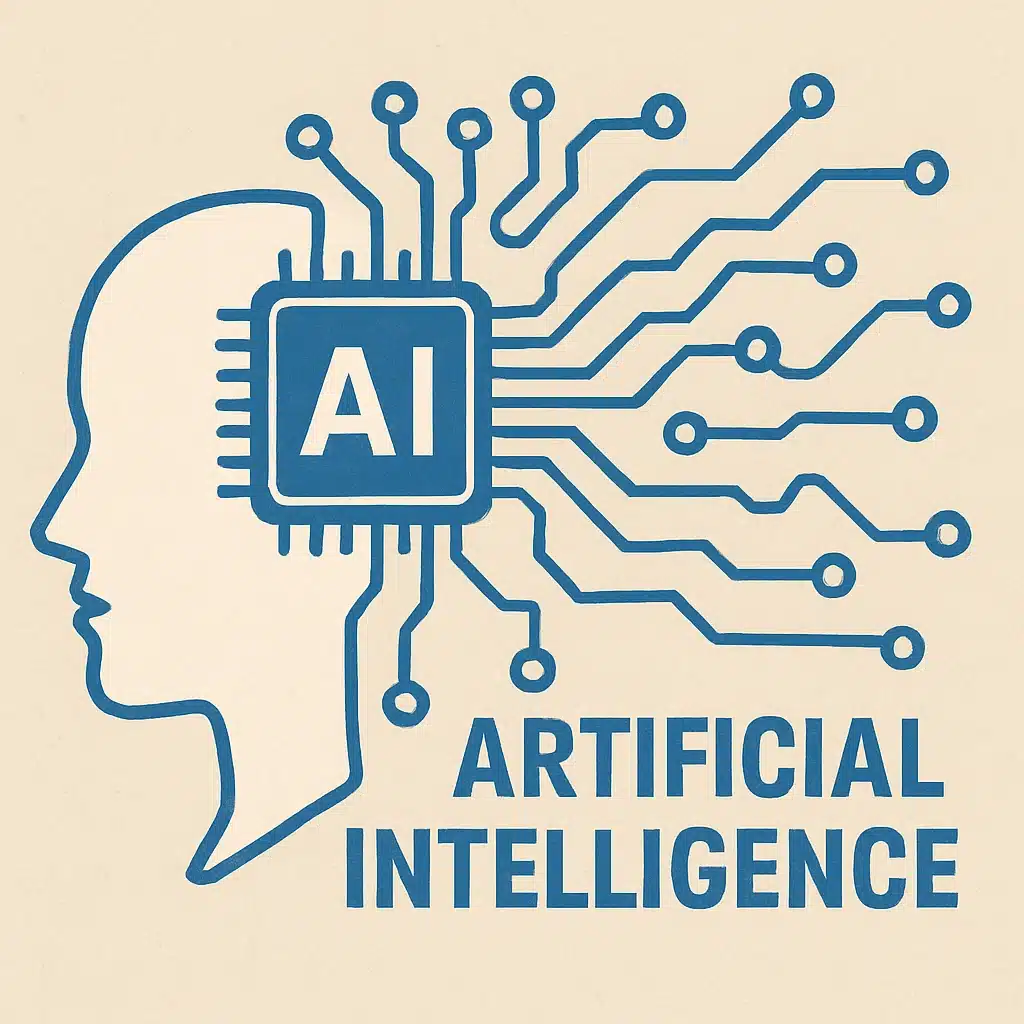The Safety-Velocity Paradox: What the AI Industry’s Internal Conflict Means for Consumers
A recent criticism from OpenAI’s Boaz Barak, a Harvard professor on leave working on AI safety, against rival xAI opened up a revealing window into the artificial intelligence industry’s biggest struggle: the battle between innovation and responsibility.
Barak called the launch of xAI’s Grok model “completely irresponsible,” not because of sensational headlines or outlandish behavior, but because of what was missing — a public system card, transparent safety evaluations, and the basic markers of accountability. These are the very standards that users now expect, especially when choosing personal and home-based AI solutions.
While Barak’s criticism was timely and important, it is only one side of the story. Just weeks after leaving OpenAI, former engineer Calvin French-Owen revealed a deeper reality. Despite hundreds of employees at OpenAI working on safety — focusing on dangers like hate speech, bioweapon threats, and mental health risks — most of the work remains unpublished. “OpenAI really should do more to get it out there,” he wrote.
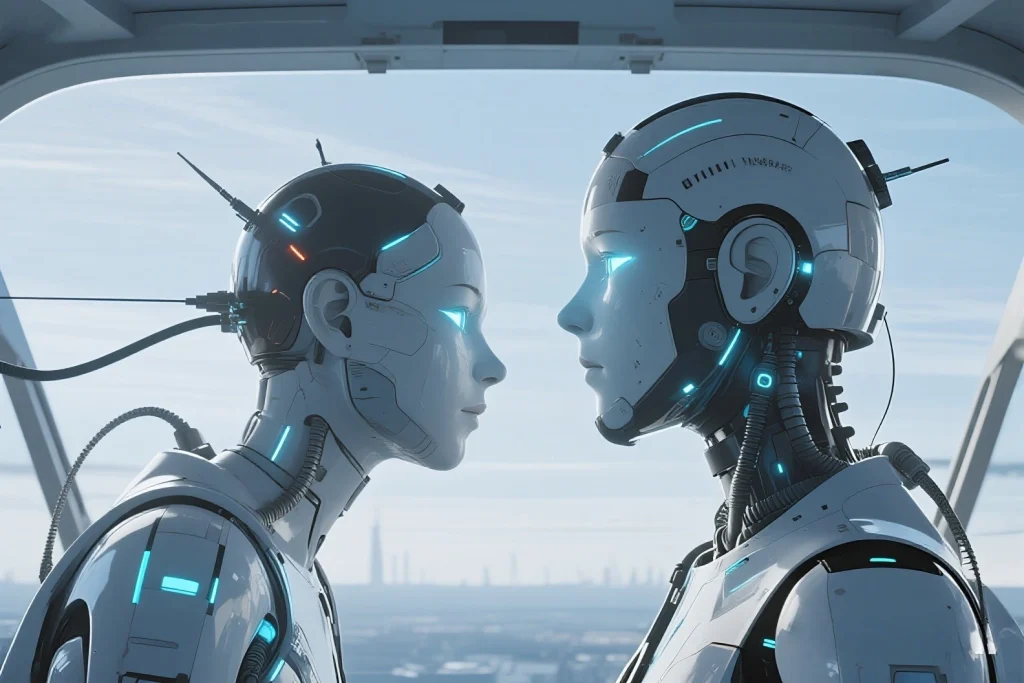
This brings us to the core paradox. It’s not a simple case of a responsible actor versus a reckless one. Instead, we’re facing a structural issue across the entire industry: the Safety-Velocity Paradox. Companies are racing to develop AGI faster than ever, but this rush often overshadows the methodical, careful work needed to ensure AI is safe for homes, kids, seniors, and vulnerable communities.
Controlled Chaos in AI Development
French-Owen describes OpenAI’s internal state as “controlled chaos” — a team that tripled its size to over 3,000 employees in just a year. With massive growth and pressure from rivals like Google and Anthropic, the culture leans heavily toward speed and secrecy.
Take Codex, OpenAI’s coding agent, as an example. It was created in just seven weeks through relentless effort, including late-night and weekend work. This sprint culture showcases velocity but leaves little room for public transparency.
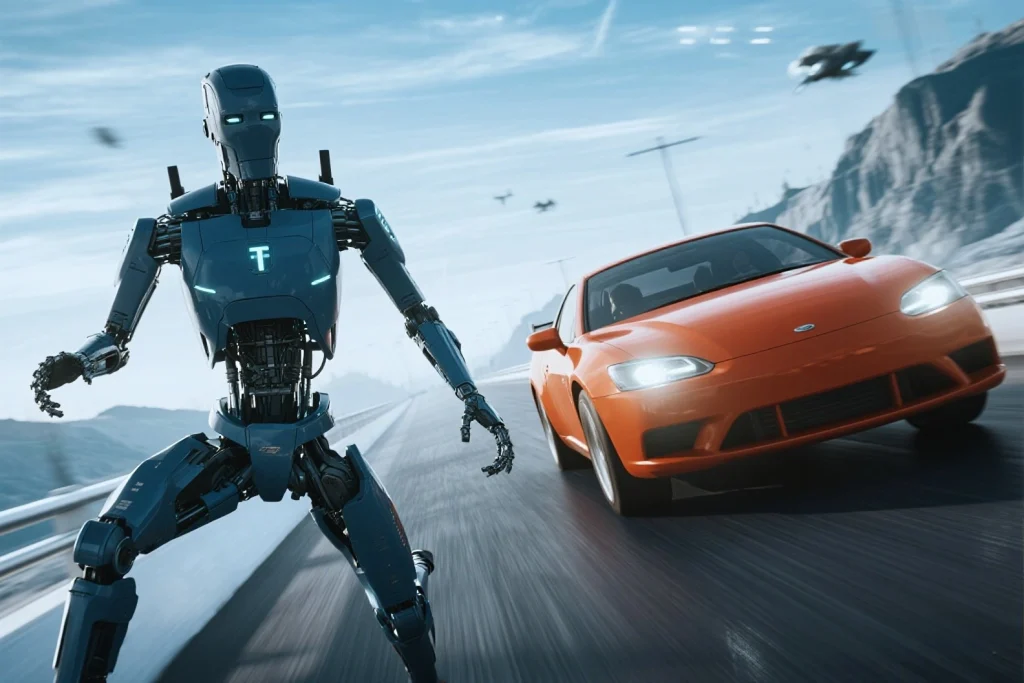
So how can we trust the AI we bring into our homes, or give to our children or aging parents, if the creators themselves can’t balance ambition with safety?
Why Transparency Matters for Consumers
At Didiar’s AI Robot Reviews, we believe the issue of safety and transparency should never be secondary. Whether we’re reviewing a desktop robot assistant or an emotional AI companion, we focus on what the product offers and what the company discloses:
- Does the robot include a system card or safety profile?
- Are user data policies clearly outlined?
- Has the AI been evaluated for emotional safety or harmful content?
In our AI Robots for Kids section, we’ve emphasized this in guides such as AI Robots for Kids: Comparison 2025 and AI Robots for Kids Learning Emotional Intelligence. These resources go beyond features, diving into safety concerns and emotional development.
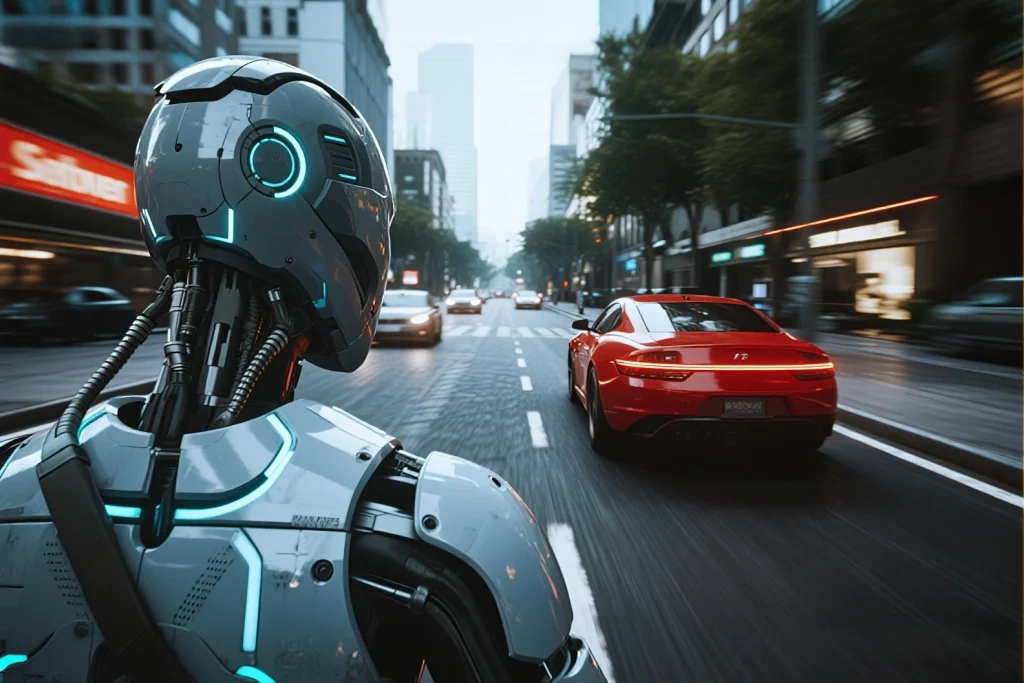
From Feature to Foundation: Making Safety Non-Negotiable
To move beyond the paradox, the industry must redefine how AI products are launched:
- Publishing a safety case should be as essential as shipping the code.
- Transparency must be standardized, not optional.
- No company should be punished competitively for doing the right thing.
This is especially important when dealing with AI for sensitive demographics. For example, our AI Robots for Seniors section highlights how safety and reliability directly impact daily life for the elderly. Check out guides like Best Dementia Care Robots or Voice-Controlled AI Robots for Seniors.
Responsibility is Everyone’s Job
The solution doesn’t lie in finger-pointing. It lies in creating a culture where every engineer feels responsible for safety — not just the safety department. That’s how we can bring true transparency to the AI companions in our lives.
Whether you’re looking for a smart robot gift or a customizable home AI assistant, you deserve to know not only what your robot can do, but what it won’t do — and why.
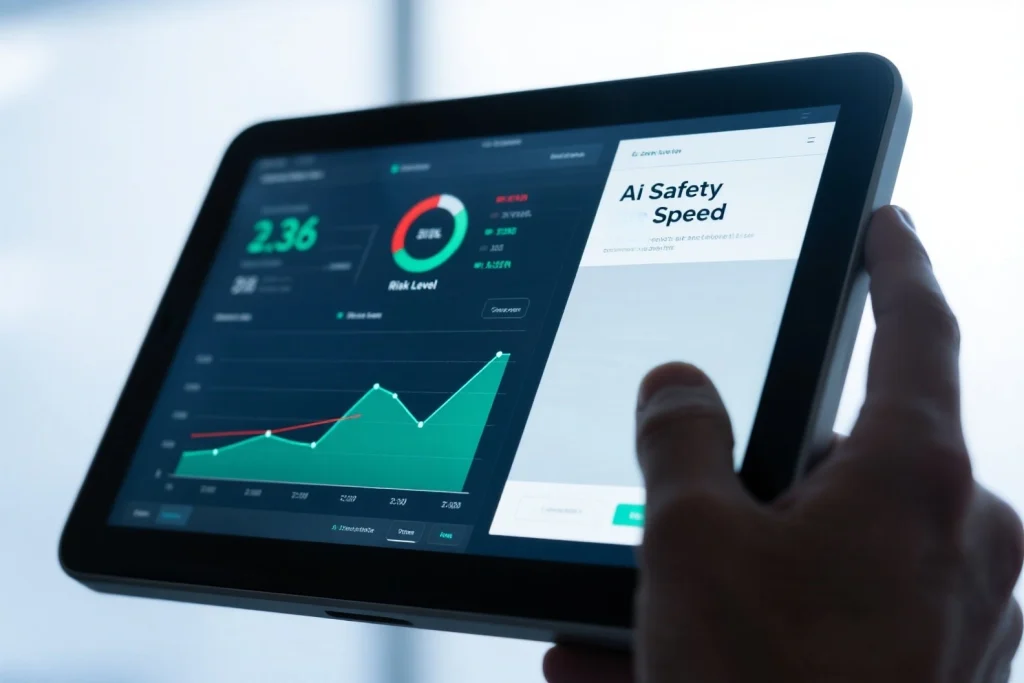
Let’s change the game together. Not by slowing down innovation, but by embedding responsibility into its DNA.
Industry-Wide Implications: What This Means for Innovation
The paradox of safety versus speed doesn’t just affect tech giants — it directly shapes the landscape of innovation. AI startups often emulate industry leaders. If leading players cut corners, smaller developers may believe that’s the only way to succeed.
Without responsible role models, we risk normalizing a development culture that undervalues human impact. That’s why user education, such as through our Interactive AI Companions section, becomes essential. Articles like How to Choose an AI Companion App empower consumers to ask the right questions.
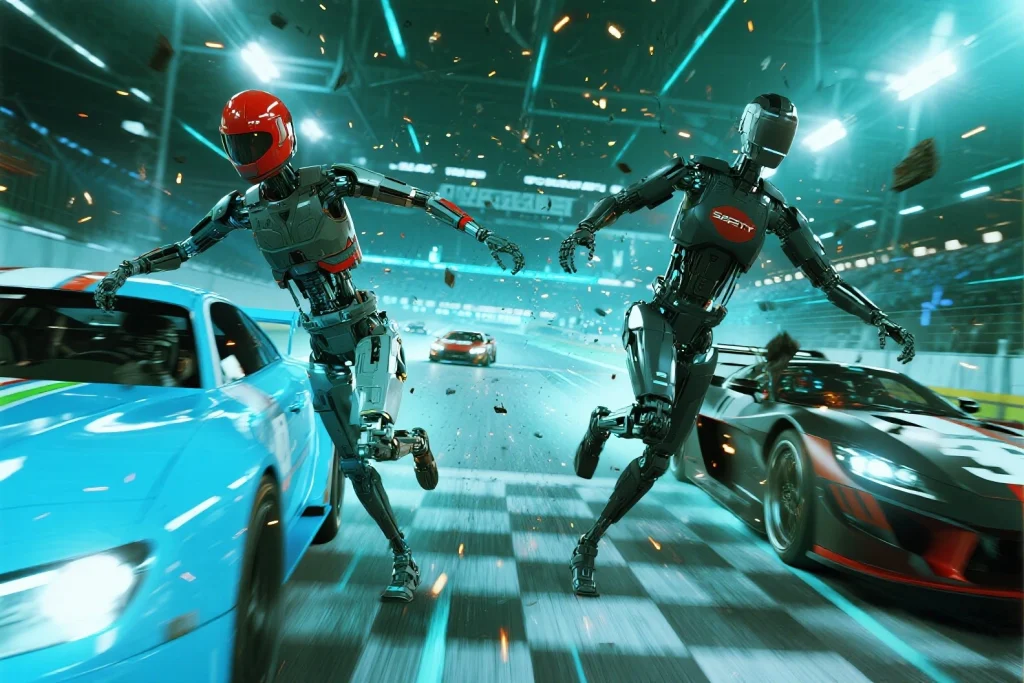
Cultural Shifts in Safety Thinking
Historically, engineering teams viewed safety as a separate checklist at the end of the production cycle. But AI requires a paradigm shift: safety must be integrated from the beginning. Much like ethical design in architecture, AI safety must be part of the foundation.
Leading researchers now propose “Red Teaming” and adversarial testing as early steps, not final safeguards. Encouragingly, some projects — like open-sourced emotional AI training datasets — are helping pave the way for safer, more empathetic designs. For a glimpse into this field, explore our detailed guide: Guide to Emotional AI Robots.
Regulatory Pressure: A Double-Edged Sword
As governments worldwide step in to regulate AI, companies face new pressures. While this could accelerate safety improvements, it also risks pushing companies toward compliance theater — checking boxes without making meaningful changes.
That’s why consumer demand is more powerful than regulation alone. When users prioritize transparent safety records and ethical design — and platforms like Didiar make those comparisons visible — we reshape the market.
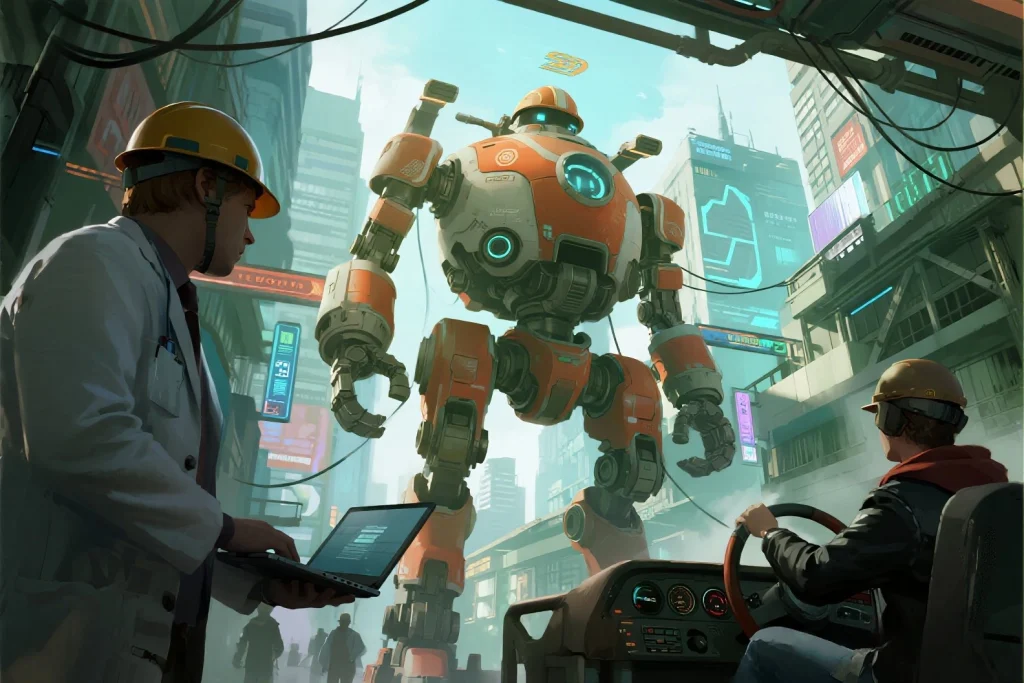
The Human Factor: Emotional Safety Still Underrated
Most AI safety discussions focus on data protection, adversarial attacks, and misinformation. But emotional safety is just as crucial — especially in companions for kids, seniors, or people with mental health vulnerabilities.
Emotional AI that misreads signals or reinforces loneliness can have real psychological consequences. Tools like Interactive AI Robots for Adults or Emotional AI Robots need to be evaluated not only on what they do, but how they make us feel.
We’ve begun cataloging these distinctions in Future of AI Companions, which explores potential use cases from long-distance relationships to daily emotional support.
Final Thoughts: A Responsible Acceleration
The Safety-Velocity Paradox is real — but solvable. We don’t have to choose between growth and responsibility. The best AI companies of the future will be those that accelerate innovation through transparency, not in spite of it.
As consumers, we can vote with our choices. At Didiar, we’ll continue spotlighting the AI tools and robots that don’t just amaze us — they also protect us.
Related Resources from Didiar:
Eilik - Cute Robot Pets for Kids & Adults
:AI Robot Tech Hub » AI Safety vs Speed: Transparent Robots Matter for Your Home, Kids, and Seniors 2025
 AI Robot Tech Hub
AI Robot Tech Hub